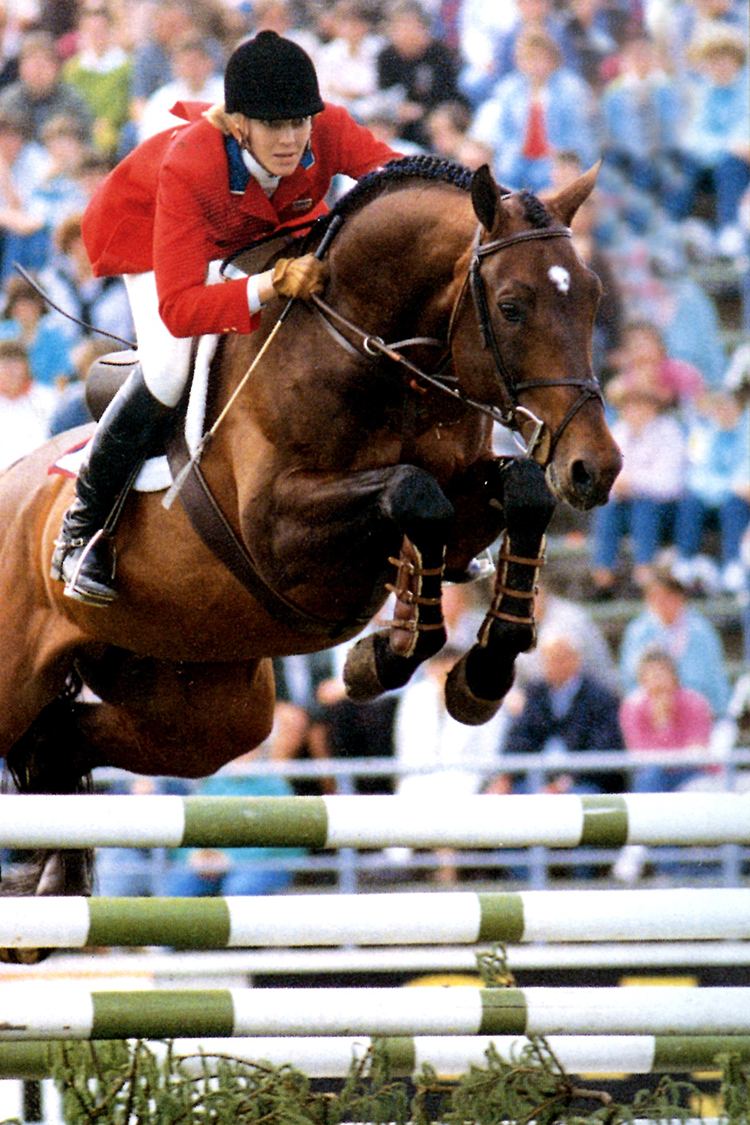 Anne Kursinski is one of the incredibly successful, effective, and stylish American Showjumping riders. Here she talks about the development of the style that has seen the US dominate the world…
Anne Kursinski is one of the incredibly successful, effective, and stylish American Showjumping riders. Here she talks about the development of the style that has seen the US dominate the world…
Over the past twenty-five years, under the guidance of Bert de Némethy, the U.S. has become noted for both the beauty and effectiveness of its jumping style. As coach of the USET team, Bert has used classical principles and ideals to produce a consistent stream of riders capable of competing successfully at international levels. In the 1984 Olympics, the USET could have fielded four jumping teams; in 1988, three teams. This extraordinary depth at the highest levels of showjumping is largely due to a system of national competition, including equitation and hunter classes, which is unique to the United States.
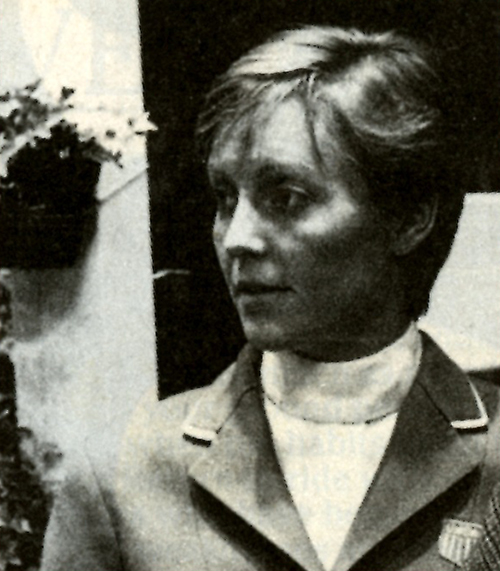
Equitation and Hunter Classes
Beauty of style can, and does, go with effectiveness. Classic form is functional. This tradition comes from hunter seat equitation. Our showjumpers develop within a system of equitation and hunter classes which stresses style combined with effectiveness. The emphasis on striding in the jumping of these classes produces disciplined, thinking riders. Equitation classes test the rider’s style and accuracy, while hunter classes test the horse’s form, attitude, and ability. These two classes form the basic training for our jumping team and help to produce significant depth at the top levels. Try to make time to go to shows and compete over hunter courses as this tutelage will help teach both smoothness and fluidity to horse and rider.
Basically riding is simple. People’s minds make it difficult. A good attitude is crucial to success. Sport psychology is very important. Winners are always learning, always trying to be better. When you’re not riding, you still can learn. Go to shows; watch your competition. Analyze what they do well and what they do wrong. Use this information to improve your own technique and skills.
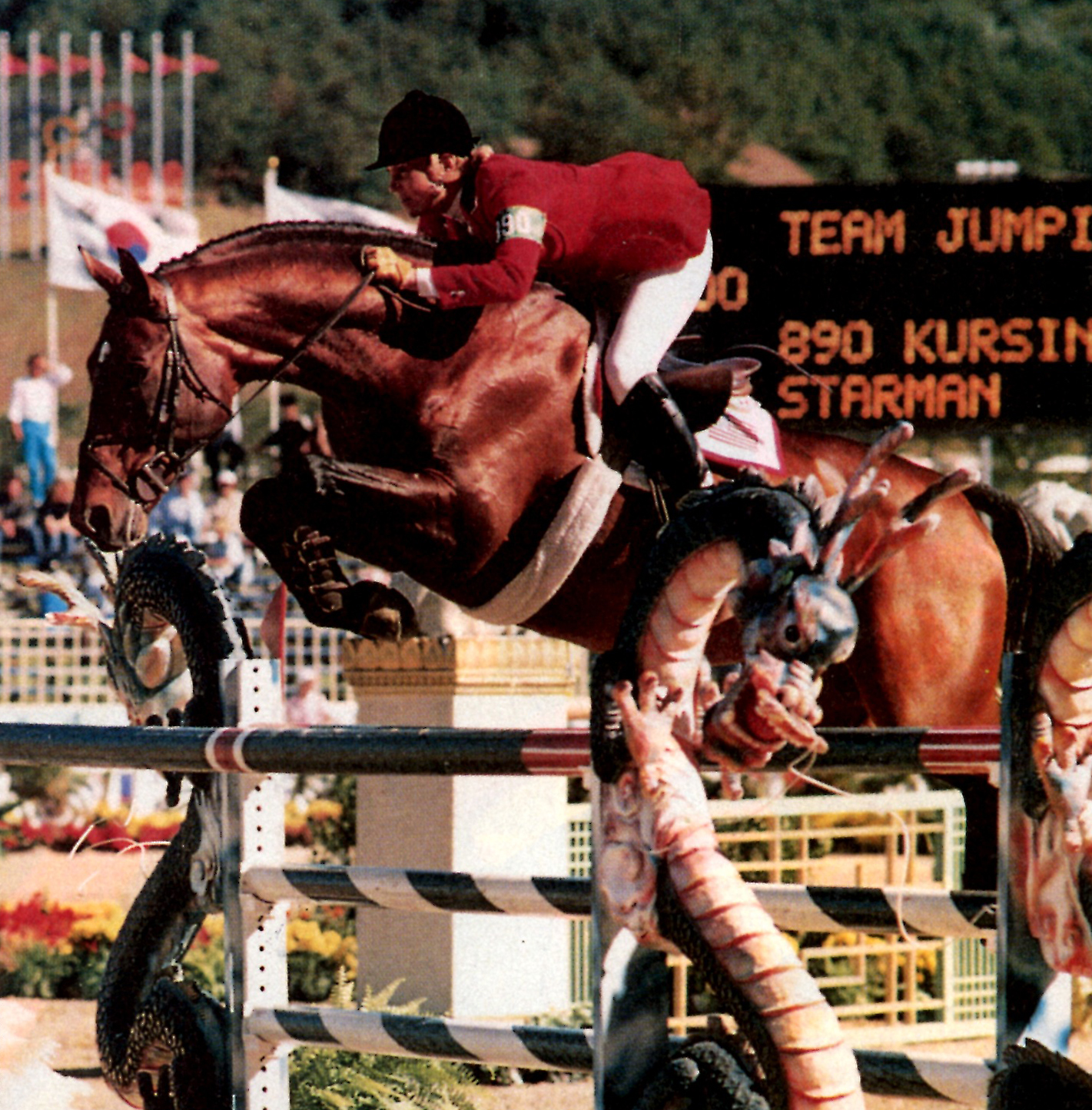
Anne and Starman (above and top of article)
Natural Dressage
Do lots of flat work, as it makes jumping easier for the horse. It increases muscular fitness, obedience, suppleness, confidence and relaxation. It is important to distinguish between the application of classical dressage principles as opposed to dressage tests performed in an arena and the application of those same principles to influencing the horse to jump accurately and smoothly over a stadium course.
George Morris calls the latter ‘natural dressage’. Its objective is to teach the horse to go in natural self-carriage (the horse in balance and carrying himself). Through this type of dressage the horse becomes mentally responsive to ‘suggestive’ rather than ‘forcible’ aids, and is physically able to re-balance himself without depending on the rider to hold him up.
continued below
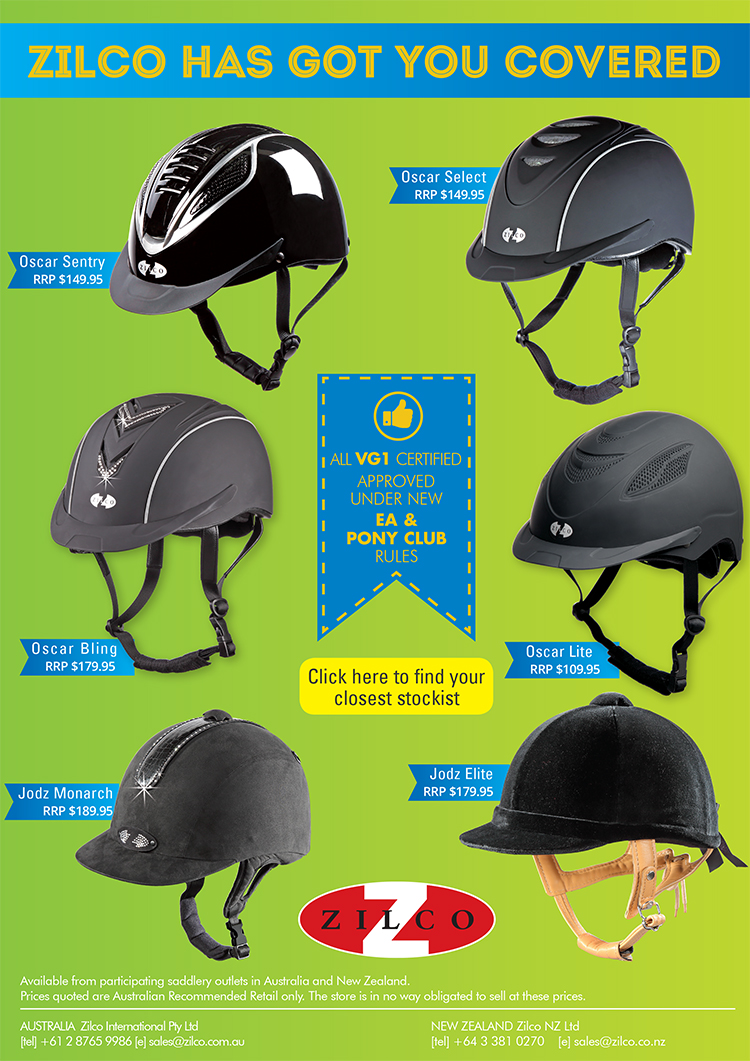
Flexibility is the Key
Effective riding depends on the ability to use different approaches. Flexibility is the key. The rider should always be open to learning and using a variety of techniques and methods. Listen to what the horse tells you, and ride according to his needs. Some horses do better under a less aggressive approach than others.
An open mind is essential to good horsemanship. Remember this when riding in a clinic; you must be willing to try new approaches. In as much as a clinician cannot fully accomplish change in a short time, he can, however, make the rider aware of specific problems and their alternative solutions and hopefully inspire the rider to go home and work on them.
Behind the motion
Event riders too often adopt a dressage seat between showjumping fences and ride the course too aggressively, with the horse overbent and overflexed. Generally they are behind the motion between fences and ahead of the motion over the fence. The rider should avoid anticipating and overjumping – throwing himself over the fence ahead of the horse. It is better to be slightly behind rather than ahead of the motion over the fence.
When free jumping, a horse does not overflex between fences. The Germans, who won the Olympic Team Gold Medal in showjumping in Korea, have traditionally ridden a deep, aggressive seat between fences, often with overbent horses. More recently, however, they freely admit they have learned softness from the American showjumping riders. This adjustment in technique helped them win at the 1988 Olympics.
The reason eventers tend to be defensive and ride too aggressively in stadium jumping is because they often need to do so in cross country and it becomes a habit. It is important to learn when and how to back off. When all is going well be soft, but remain ready to become stronger if necessary.
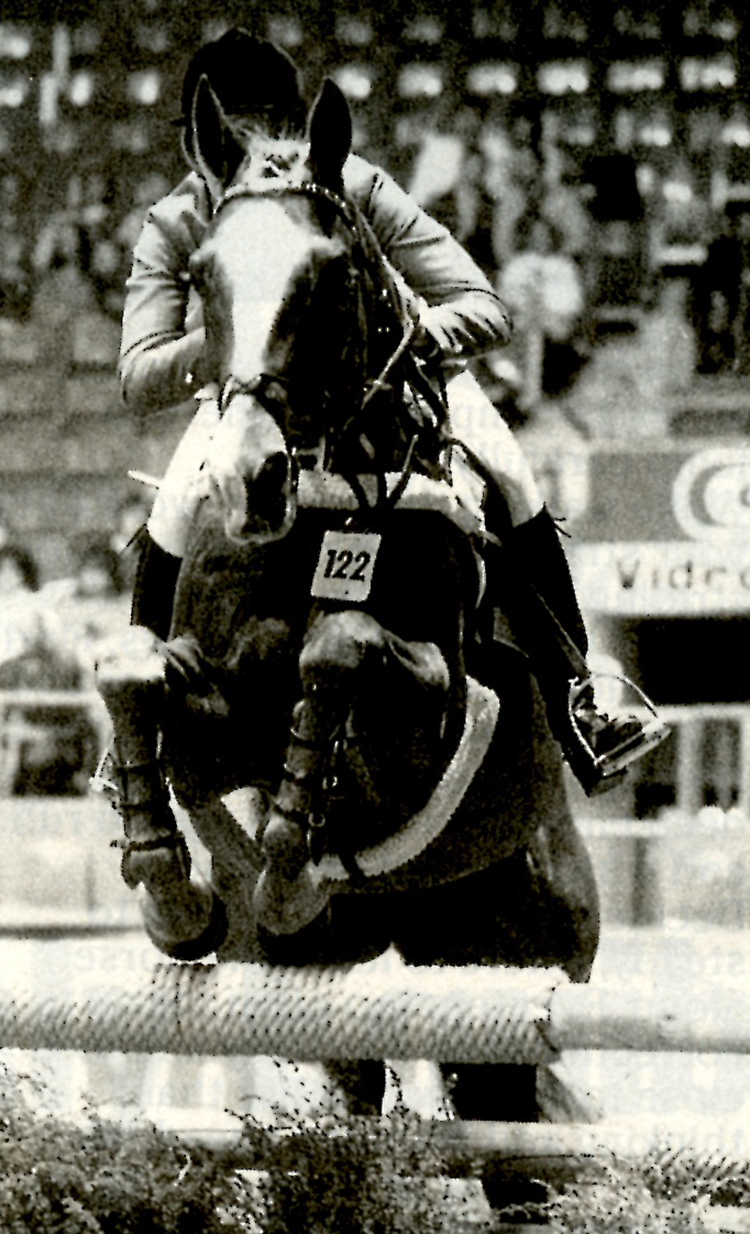
The Less Hand, The Less Leg
Less is better. Real effectiveness in showjumping (and dressage) means using only what is necessary to get the job done. In general, the less hand you use, the less leg you need. Suppleness in all the horse’s joints is very important. Learn to be fluid in changing from ‘go’ to ‘slow’ and back again. The rider must develop ‘feel’ in his seat so that he is able to ‘think’ forward with the result that the horse goes forward, then ‘think’ back and the horse comes back into a light hand.
continued below
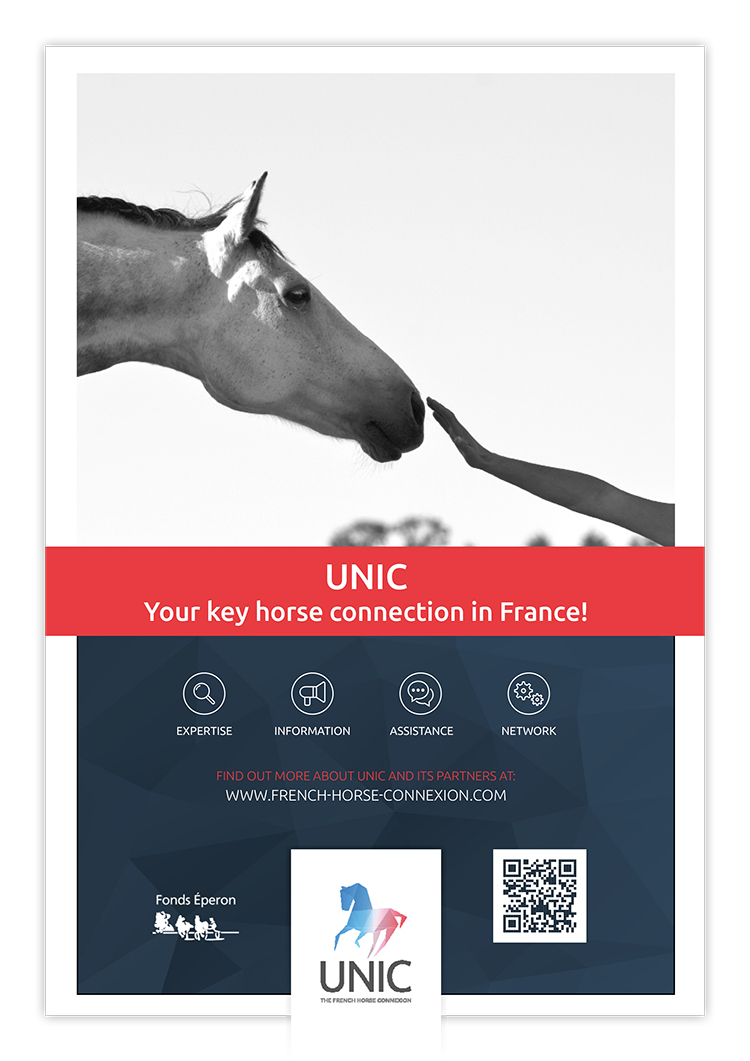
A Following Seat
Learn to go with the motion whether in dressage, cross country, or stadium. It’s essential to develop a secure, but supple, forward position in order to do this on the showjumping course. The upper body should be about 30 degrees in front of the vertical with a following seat close to the saddle. Rein control should generally be light, with the legs just resting against the horse’s sides. Remember always to return to this classical position after applying momentarily stronger aids.
At 30 degrees, the legs should still be beneath the hips. For a jumper course, stirrups can be shortened four to five holes; for hunter courses, two to three holes. In general, shorten one hole for every foot of height. Too-short stirrups cause the rider to jump ahead of the horse; too-long stirrups leave the rider behind the motion over the fence.
Bad habits die hard and return easily under pressure. Ride with a ground person as much as possible. Make sure your ground person will warn you when old habits begin to show up. Return to ride with instructors who have helped overcome weaknesses and check that they are not returning.
Do What Works
As far as bits are concerned, again use only as strong a bit as you need to control the horse under the conditions you are working. In general, school in a snaffle; for competition use what works, both for safety and effectiveness. Be ready to change bits if the horse becomes too wise. Use whatever bit makes your horse responsive, but no stronger than is necessary. The horse must remain responsive and obedient in the showjumping phase.
Schooling Exercises
Work on striding. Train the eye by counting strides out loud. A good exercise is to jump a figure-eight pattern over a single fence, counting down on approaching the fence from each direction. Remember to keep your eye on the top of the fence as you count down. Looking at the bottom of the fences causes the rider to get ahead of the motion.
Set up a jumping lane and watch how the horse jumps without a rider. Analyze his faults and plan exercises to correct them. Work on his weaknesses. If he wants to go slow, speed him up until he’s comfortable jumping out of different paces. If he wants to go to the left, go right until he is supple on both sides and can jump off both hands.
Homework is essential. Develop a plan based on observations and follow it. Vary schooling sessions to retain the horse’s attention. Learn to recognize and use the various paces of the canter and teach the horse to go in self-carriage at both collected and extended paces. Work on bending and broken, as well as straight, lines between fences.
School odd distances – use too long and too short ones so the horse learns how to handle difficult distances. School angles and short turns. Practise turning in the air to save time. Learn to take inside turns rather than racing around the outside to make time. Rely on handiness rather than speed. Too much speed causes the horse to flatten out and drop rails. Also remove ground lines and add canter poles. All these types of exercise are actually part of natural dressage training over fences.
Gymnastic work is helpful in teaching rhythm and relaxation, collection and impulsion. Trot cavaletti should be ridden in a forward position at the rising trot. Don’t overdo the trot work; it’s important to practise the pace within the canter as well. Remember that competitive courses are designed for and ridden at the canter. Bert de Némethy’s new book has a lot of information on cavaletti distances in the back.
Schooling should keep your horse interested and teach him to pay attention. Take him over natural obstacles in the field, ie. ditches, banks, etc. Cross country schooling helps develop the heart, which is so important in an event horse.
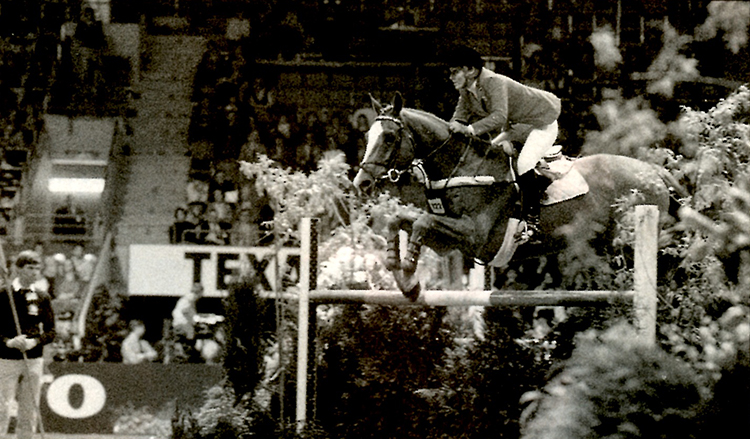
continued below
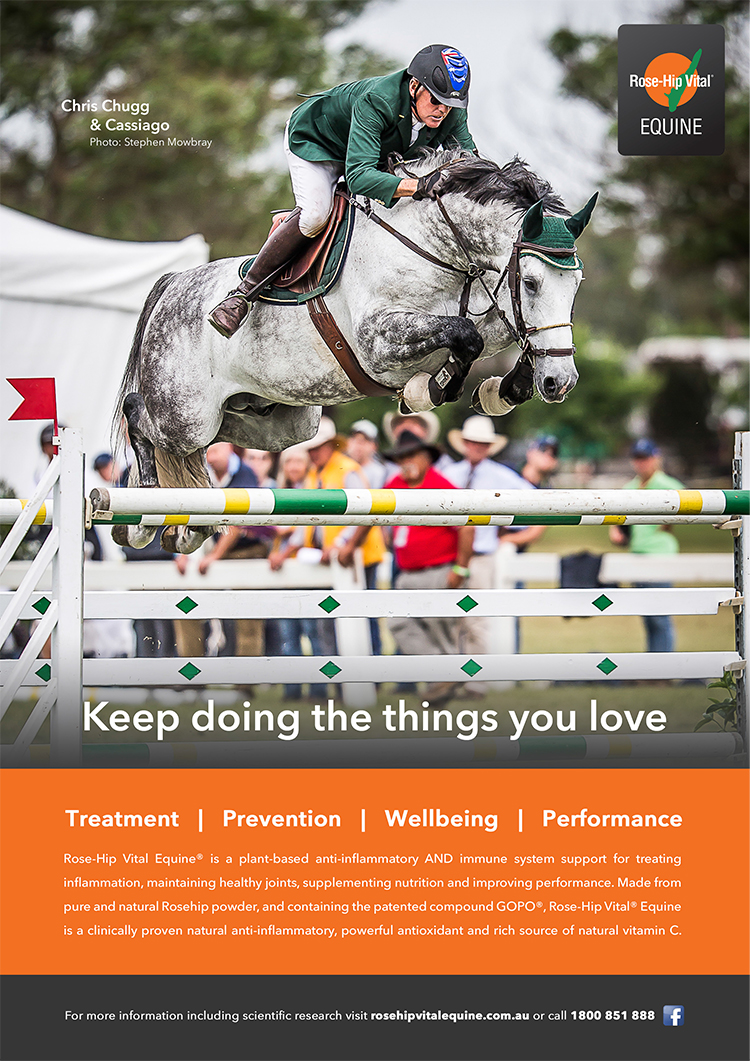
“Educated” Trouble
School over a variety of types of fences and include technical problems to develop style, boldness and agility. Schooling is largely a matter of getting the horse in ‘educated’ trouble. Raps and knockdowns teach the horse to be more careful. Event horses must be taught to respect stadium fences. They need to learn that they cannot rub stadium fences the way they can cross-country obstacles.
If your horse jumps sloppy, use open front gallop boots so the horse will feel the rail. Jump heavy planks in round cups so the horse will give himself a good rap if he hits them. Don’t always help the horse out of trouble. Teach him to help himself. An attentive horse is not only more competitive, he’s safer as well.
At the competition
At the competition, study your stadium course. Try to figure out what the course designer had in mind. Good course designers have a reason for the placement and style of each fence. How would the course designer ride the course? Where would he ask the horse to go forward, where to steady himself, where to jump boldly, where to jump carefully?
While walking the course, work out your strategy. Check on options for striding. Decide how many strides to ride between related fences. Find out where you can cut a corner and save a stride or two for time. Check the cups and notice which ones are deep enough to tolerate a good rub and which are flat or slippery.
Decide where to push, where to steady, where to leave the horse alone. Eventers too often make corrections too suddenly and too close to the fence rather than thinking and planning ahead.
A Comprehensive Plan
Develop a fairly elaborate plan, comprehensive but not complicated. Don’t be too general. Ride the course over and over in your mind so as to be thoroughly familiar with the plan. Adhere to the details of the plan and minimize the number of decisions to be made on course. Split-second decisions are usually abrupt and too late to be really effective. A thorough plan allows you to make positive, not reactive, adjustments on course. If a problem does occur, solve it, and then return to the plan.
Have a plan for warm-up as well. A primary objective of the warm-up is to get the horse’s attention. Be imaginative; use both verticals and oxers. For young horses, build confidence over straight forward fences with standard distances. With seasoned horses, sharpen them up with fences which come down easily and practise sharp turns and angles. Don’t ride too strongly or help the horse too much. Let him make mistakes in order to get his attention and learn to be more careful.
In Summary
Teach the horse how to jump mentally as well as physically, then let him do his job. Use only as much hand and leg as necessary. Be ready to apply more or less as required. Don’t use strong aids all the time. Learn to ‘suggest’ rather than demand. If you always over-ride the horse, he learns to depend on it and won’t know how to get himself out of trouble. Teach the horse to be honest and trustworthy, then show your trust by going with him and interfering as little as possible.
Experience has a lot to do with riding. It’s not all muscle. Never stop learning no matter how many years you ride. Borrow experience from others. Go to the big shows and watch the jumper classes. Note the good and the bad on course as well as in the warmup arena. Study what the riders are doing; ask questions. Learn from the mistakes and successes of other competitors.
Top riders are systematic, thorough and disciplined. They observe and analyze what works and never cease trying to improve. One last thought: Remember you never have a second chance to make a good first impression! Always be prepared; then you can do the job right the first time.
This article first appeared in the March 1990 issue of THM.
Written by Cauleen Glass
Photos – Werner Ernst
Reprinted by permission with thanks to USCTA News



